When you hear the name SAPPHIRE you probably immediately think of high-end Radeon GPUs, or maybe even motherboards… But today SAPPHIRE expands their product line once again by taking their tried-and-true Vapor-X cooling technology, lifting it off of their GPU line, and placing it firmly on our CPUs.
SAPPHIRE, not content with the current line-up of enthusiast-level air cooling options, decided to create a direct-contact vapour-chamber CPU cooler based on the expertise they’ve gained by tweaking the technology through their GPU cooling. On a side note—SAPPHIRE uses the British spelling of Vapour in all of their press materials, even while the product name itself is the Vapor-X. For this review, we’ll stick to the British spelling when discussing the technology and the American spelling when writing the product name. After all, we are a multi-national site 😉
Normally, when a company jumps into a new market, it’s with trepidation that we reviewers look at what they have to offer. It’s in our nature to be skeptical because so many companies have just dialed it in. You get the sense that sometimes marketing departments say to engineering, “You know what, it can’t be that hard to make (cases/power supplies/motherboards/you-name-it), let’s see what we can do…”. In the case of SAPPHIRE, though, we are left to wonder why they haven’t jumped into CPU cooling sooner. Their cooling technology has been refined on their GPU line for years.
Their Vapour Chamber is what sets them apart from other enthusiast air coolers out there. SAPPHIRE spells it out thusly:
The vapour chamber is in direct contact with the CPU surface to accelerate the flow of heat away. The heat is then carried away by a multi-heatpipe array and cooling fins.Final heat dispersion is achieved by two fans, each with aerofoil-section blades designed for efficient airflow with low noise, similar to those used on the highly acclaimed SAPPHIRE Dual-X series of graphics cards. The Vapor-X solution results in a high cooling efficiency designed to cater for 200Watts, more than enough even for enthusiasts overclocking the latest CPU types. When operating with lower power requirements, fan speeds can be very low, keeping noise levels to a minimum.
Sounds fancy. Let’s put it to the test.
Specifications
- CPU Support: Intel Socket LGA 2011/1366/1156/1155/775, AMD Socket FM1/FM2/AM2/AM3/AM3+
- Fans: 2x 120mm in snap-fit bezels, blue LEDs
- Dimensions: 135 x 110.4 x 163.5mm (5.3 x 4.3 x 6.4 in) with fan brackets installed
- Cooling: Direct-Contact Vapour Chamber (4x 7mm heatpipes / aluminum fins)
In typical SAPPHIRE fashion, the package contains everything you need to get up and running as well as a couple of nice pack-ins that aren’t essential but are helpful. One of the extras they include is a bolt driver with a Phillips screw head on one side so that you can easily bolt down the retention bracket without busting out your hex driver set. They also include a small tube of unnamed thermal paste (based on the consistency and spreadability, I suspect Arctic Silver) which contains enough paste for maybe five or six applications. The last extra pack-in is a sheet of washers to protect your motherboard from direct metal contact. Definitely not necessary, but appreciated.
The documentation is a single fold-out sheet with 11 languages printed on it, but it’s well laid-out, clear, and concise. I had no trouble at all following along with the simple instructions to get the Vapor-X mounted.
Installation
The Vapor-X comes with its own motherboard backplate which bolts through the motherboard to a topside bracket.
The bracket itself mounts very solidly to the motherboard. The heatsink itself screws into the SAPPHIRE front-plate with only two bolts, which feels less secure than it is. I worry about only two screws holding it down, but contact was tight and didn’t present any issues. This is one of those heatsinks that you’ll have to remove if you transport your PC or ship it, but it is very easy and quick to remove with only two screws.
When you install the heatsink unit itself, you take the fans off. They snap very easy and solidly to the main heatsink unit, and they line up with the top so there’s no mistaking where they go. It’s plastic, but the quality is good enough to not be a concern.
Once the heatsink is bolted down, you snap the two fan shrouds on, hook up the two-pin LED power lead, and plug the main 4-pin header into your motherboard and you’re good to go.
I moved this heatsink around to three different systems and it was quick and easy and presented no pain-in-the-ass factor (unlike some competitors and especially unlike all-in-one liquid cooling units).
Performance
The test system is an AMD FX-8350 “Vishera” 8-core CPU on an ASUS Crosshair V Formula motherboard. Temperatures were taken with AIDA 64 2.7 at both idle and full load after 10 minutes of waiting for temps to stabilize. The reference heatsink is a Thermaltake Water2.0 Performer all-in-one liquid cooler.
At idle, we tested from the BIOS and from within Windows, and both reported 29c. Under 100% load from Folding@Home while processing photos in DxO Optics Pro, temps peaked at 45c with the Vapor-X, a very significant improvement over the 52c that the Water2.0 gave us in our AMD FX-8350 review.
Besides the impressive temperatures, the silence was deafening. Under 100% load on an 8-core CPU, you generally expect the fans to kick up to high-speed, but this is where the Vapour Chamber tech flexes its muscle; fan speeds remained very low at 1100rpm, which inside of the case is no louder than the low-speed case fans. There was no noticeable noise difference between ~620rpm idle and ~1100rpm under load. The Vapor-X is very quiet.
After stock testing, I cranked up the CPU to 4.9ghz @ 1.4875v. The ASUS Q-control took the fan speed up to 2000rpm, at which point the noise was louder but not overly so. A stable 4.9ghz overclock was achieved at 37c idle, and AIDA64 stability testing for 10 minutes got us up to 57c at the hottest. I’m pretty confident that I could achieve 5ghz on this cooler.
Consideration
So far all the pieces are in place. The package is nice, universal compatibility is a definite advantage, installation was a snap, and performance is excellent. Are there downsides?
I was surprised to see some strange “blobs” of metal between the aluminum fins. At first I thought they were bits of styrofoam packing material stuck between the fins with static, but close inspection revealed what looked like blobs of solder or melted metal. I put a flat screwdriver to them to see if they could easily be popped off (like solder would), but alas they did not budge. Clearly performance isn’t impacted at all by these spurs, but it’s a strange thing to see on such a high-end cooler. Perhaps I have an engineering sample or a pre-production unit and this is just a quirk. Either way, it’s not a problem, but it bears mentioning.
 The best part of the SAPPHIRE Vapor-X CPU cooler is yet to be mentioned: The price.
The best part of the SAPPHIRE Vapor-X CPU cooler is yet to be mentioned: The price.
The MSRP on this cooler is a mere $69. That vaults this product directly into “extremely compelling” territory. As a first entry to a new market, despite the fact that SAPPHIRE is an established and trusted name, this is a stellar debut.
This is their first CPU cooler, and they knocked it out of the park. Light, inexpensive, quiet, easy to install, and very high performance. This only bodes well for future revisions and new models from SAPPHIRE.
We’re pleased to award the Icrontic Silver Outstanding Product award to the SAPPHIRE Vapor-X CPU cooler.
The SAPPHIRE Vapor-X CPU cooler was released today and should be available at your favorite etailer shortly.


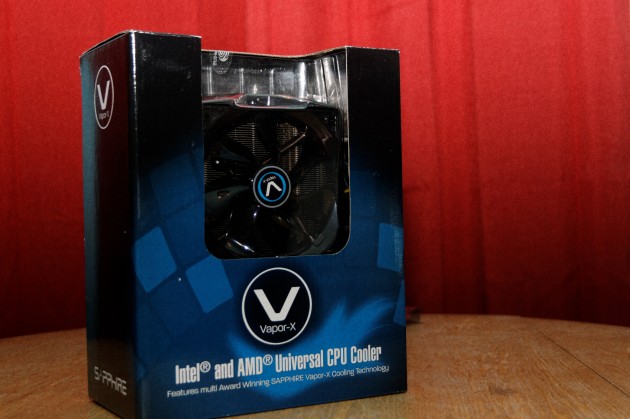

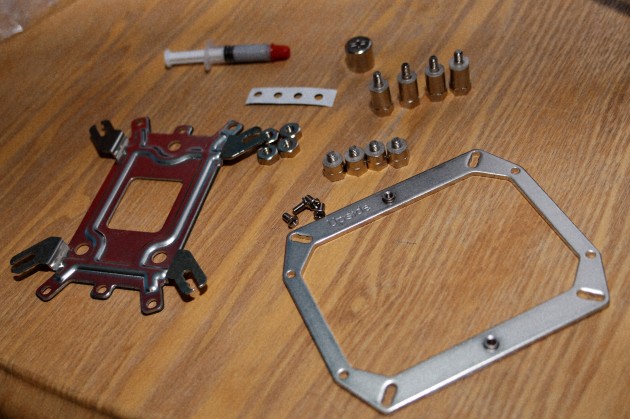
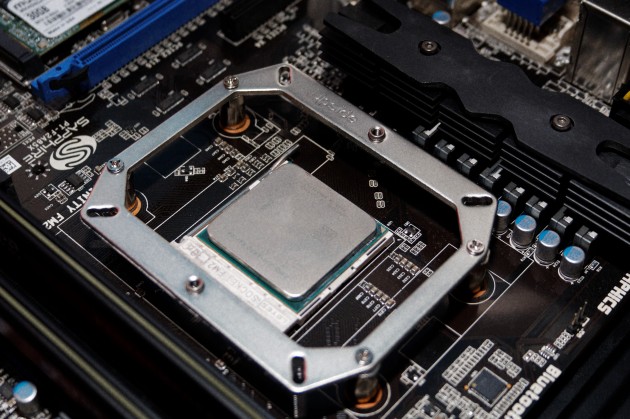
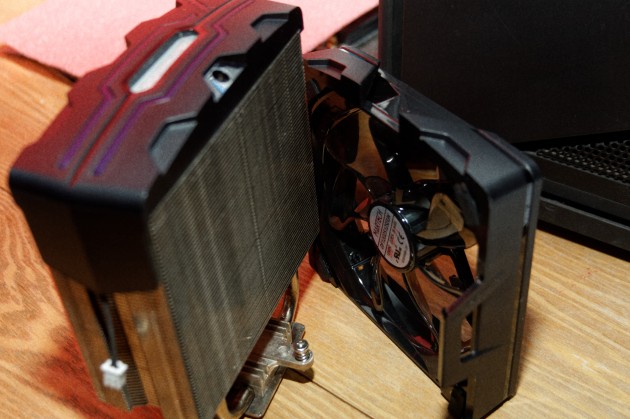
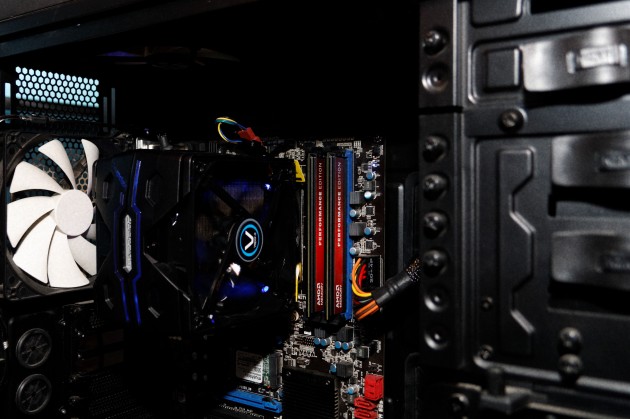
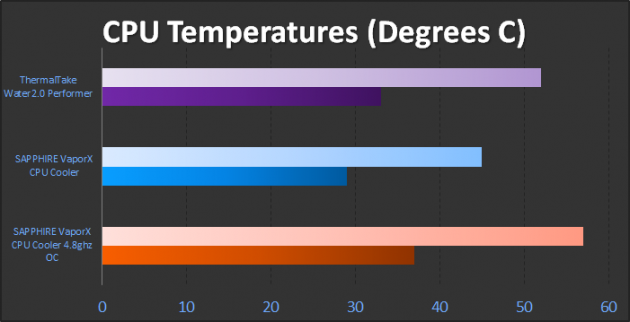
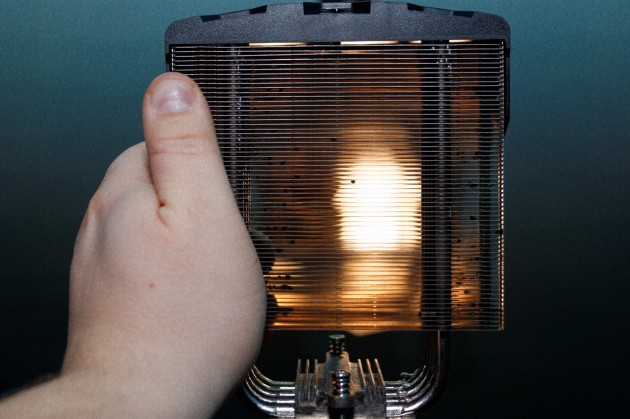






 Articles RSS
Articles RSS